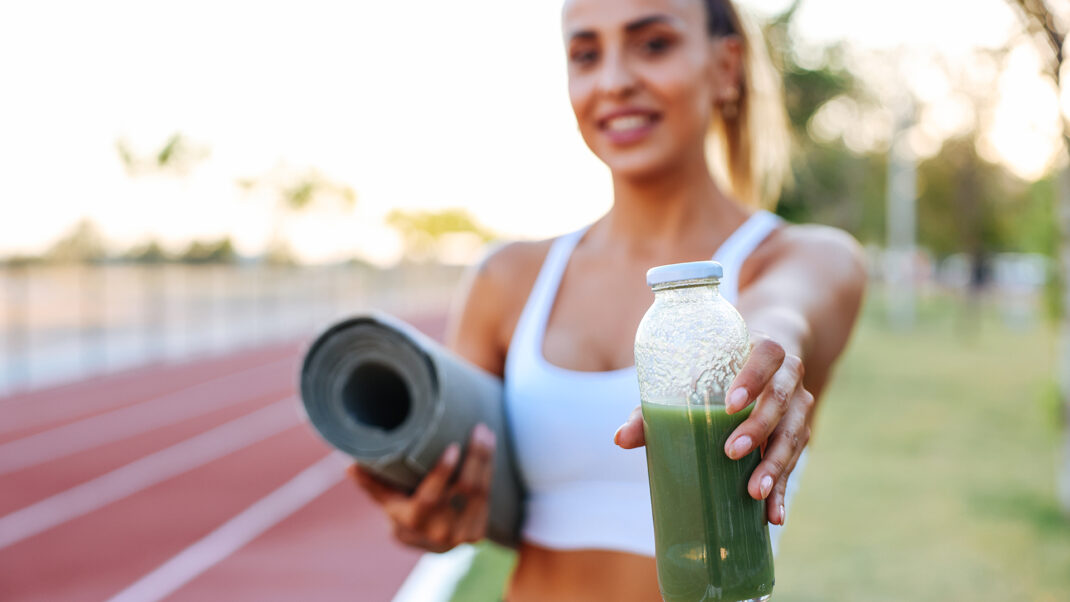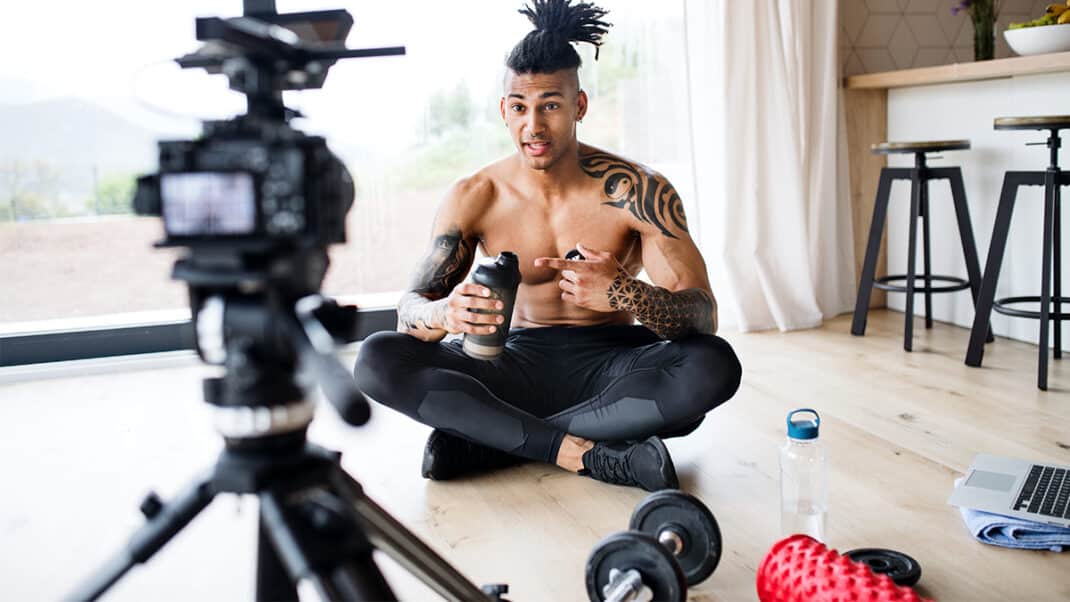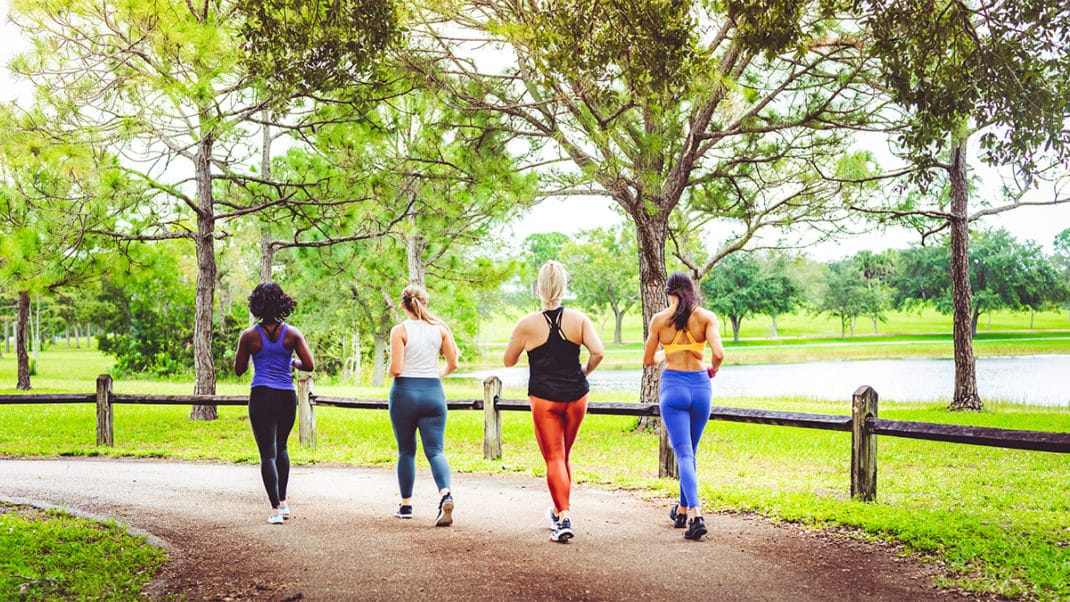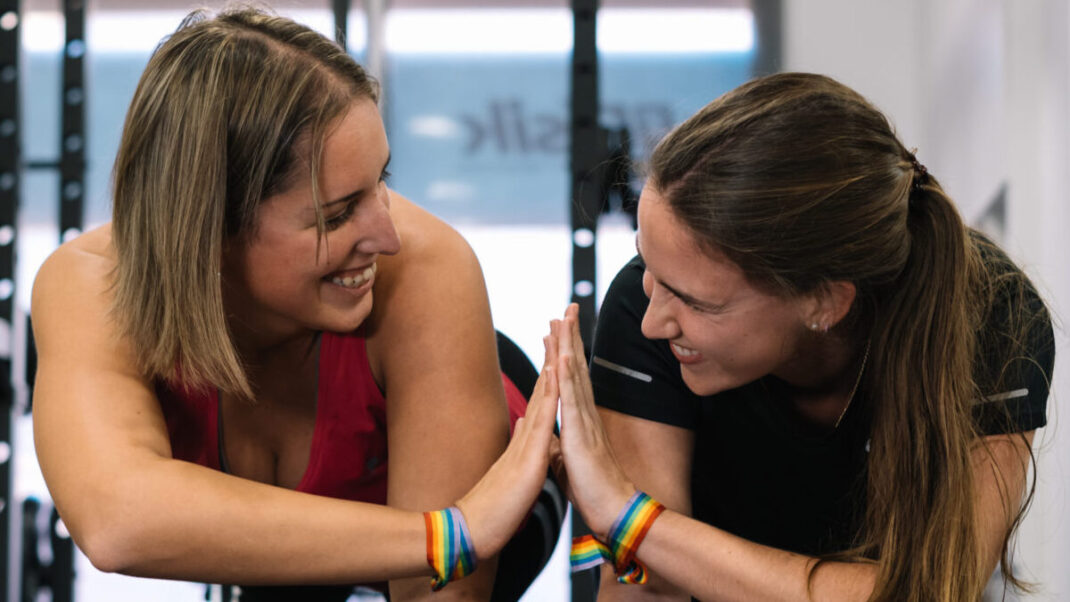Popular Supplements Linked to Body Image Disorder in Young Adults
As the use of muscle-building supplements goes up so does the risk for muscle dysmorphia.
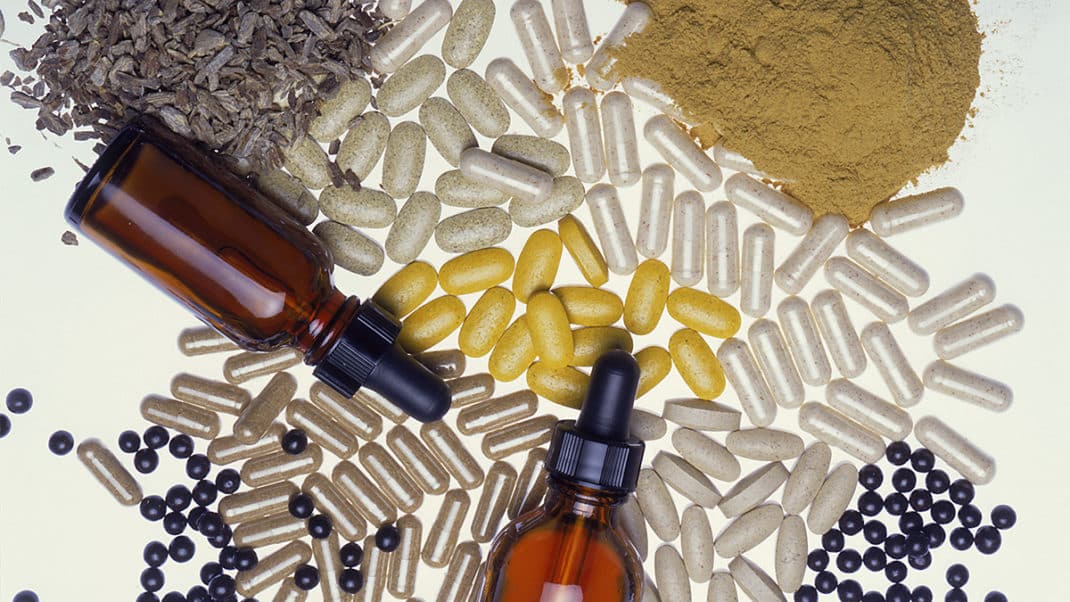
Protein powders and creatine are among the popular supplements used to help get buff, but they might signal a deeper issue for some young adults. A study published in the journal PLOS Mental Health linked the use of multiple muscle-building supplements to muscle dysmorphia, a body image disorder focused on obsessing over muscle size and leanness. A team of investigators from the Factor-Inwentash Faculty of Social Work at the University of Toronto analyzed data from 2,731 people between 16 and 30 years of age and discovered that eight in 10 had used at least one supplement designed to help build more muscle in the past year. Protein bars were the most common supplement used (63.4%), followed by whey protein shakes or powders (63.1%), and creatine (25.5%), the study found. Researchers determined that as the number of supplements used increased, so did signs of muscle dysmorphia, such as excessive exercise, strict dieting, and emotional distress about body image. The use of 6 different dietary supplements intended for increasing muscle was associated with the greatest number of symptoms of muscle dysmorphia. Muscle dysmorphia is a disorder in which someone becomes fixated on appearing more muscular or lean, even if they already have a well-developed physique. This can spiral into physical, psychological, and social problems. Family, trainers and healthcare providers can help spot early warning signs and assist those affected forge a healthier relationship with body image and supplement usage. We also need to challenge the information and ideals coming out of social media, especially pertaining to body ideals in youth.
References
https://journals.plos.org/mentalhealth/article?id=10.1371/journal.pmen.0000217
Matthew Kadey, MS, RD
Matthew Kadey, MS, RD, is a James Beard Award–winning food journalist, dietitian and author of the cookbook Rocket Fuel: Power-Packed Food for Sport + Adventure (VeloPress 2016). He has written for dozens of magazines, including Runner’s World, Men’s Health, Shape, Men’s Fitness and Muscle and Fitness.
